79, rue des Archives
75003 Paris
01 40 61 50 50
Venir à la fondation
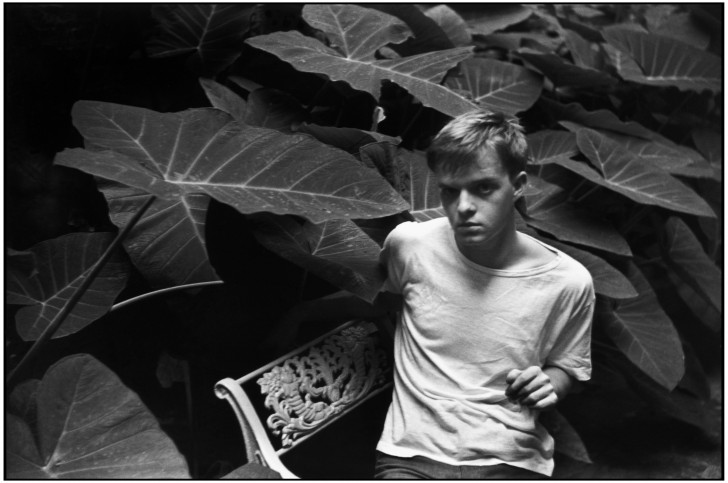
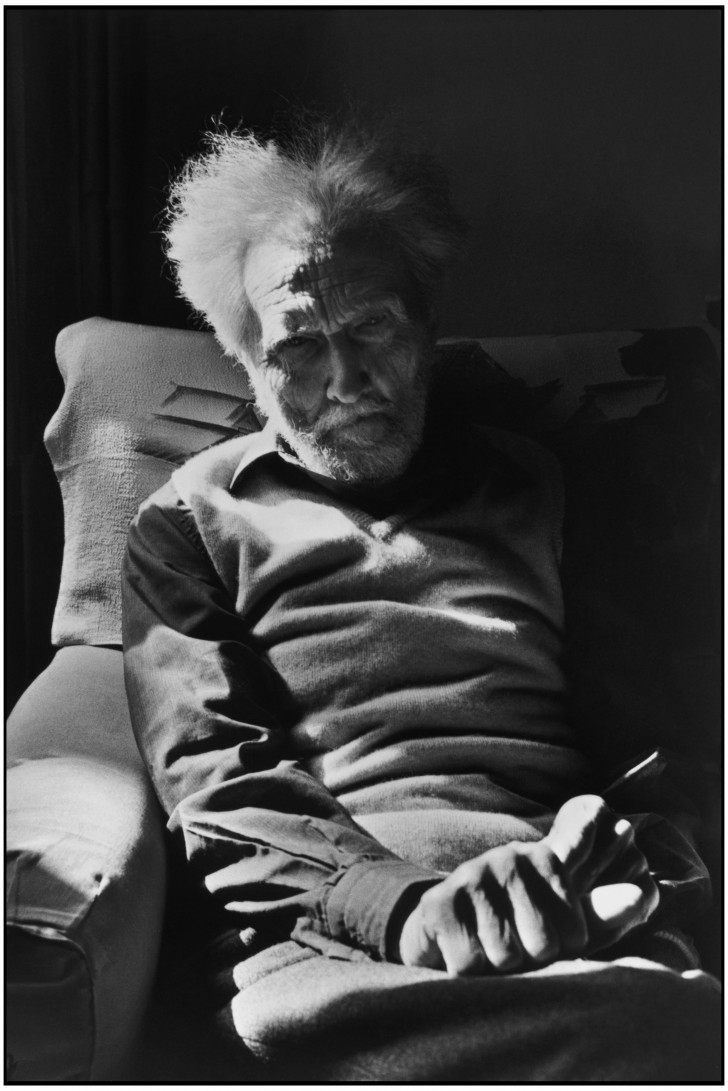
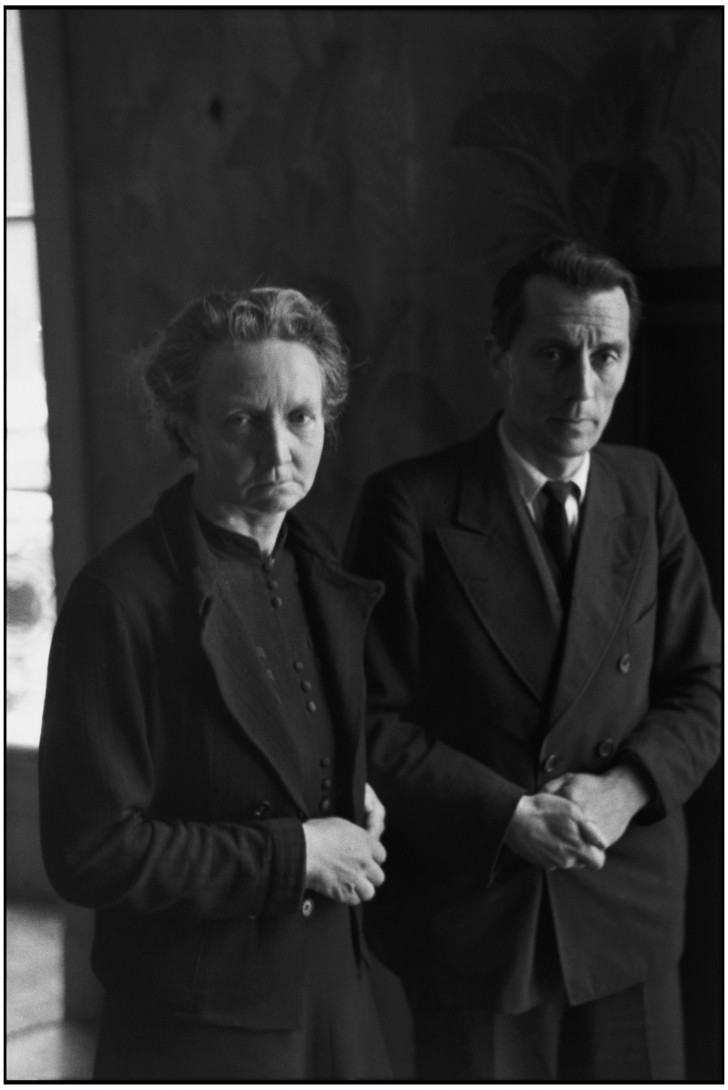
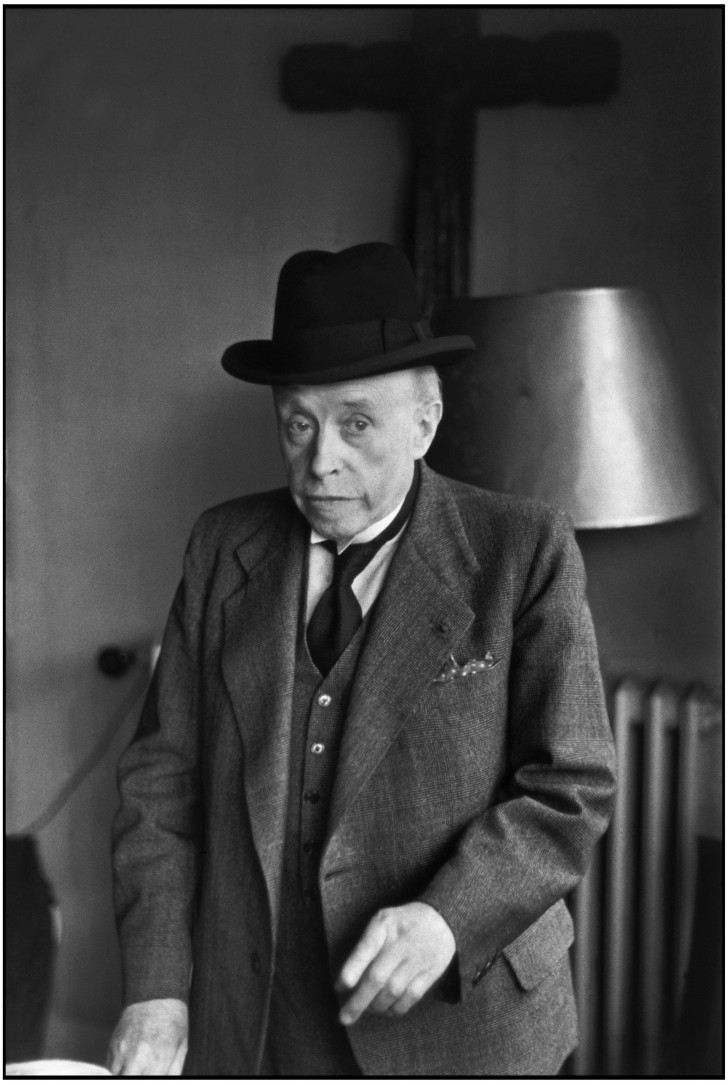
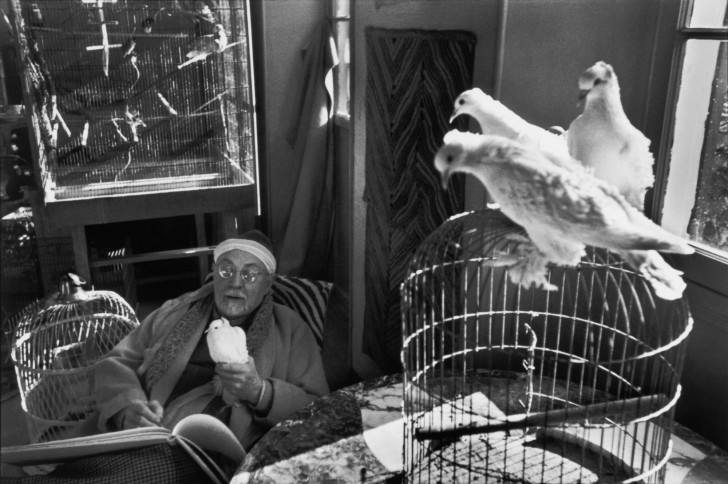
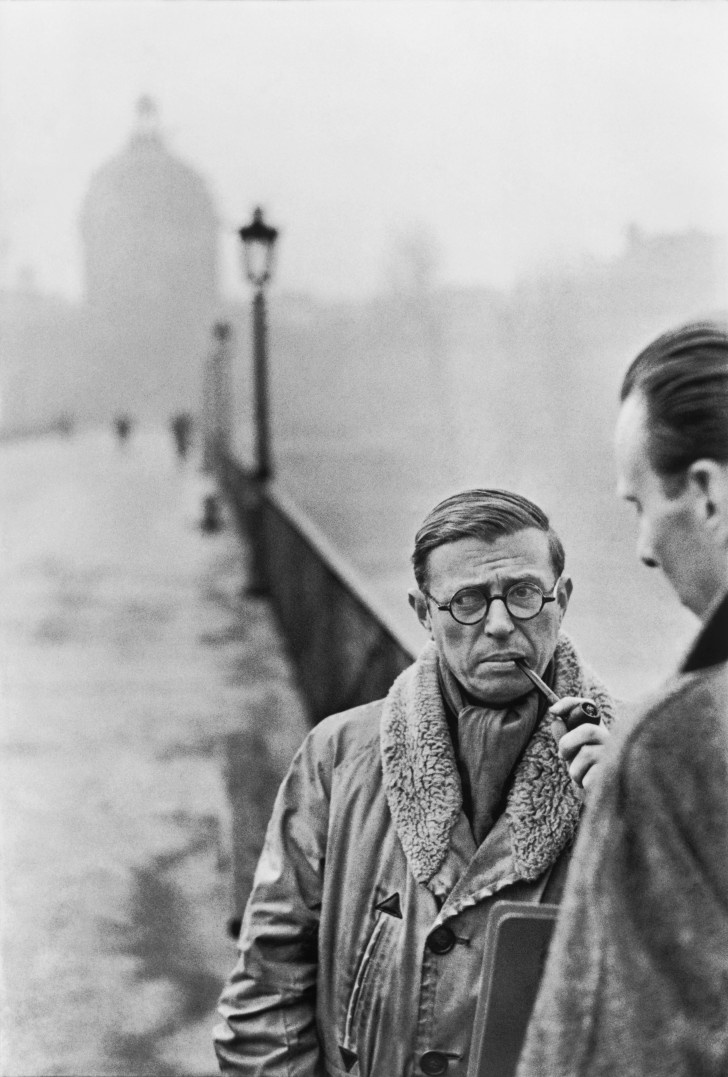
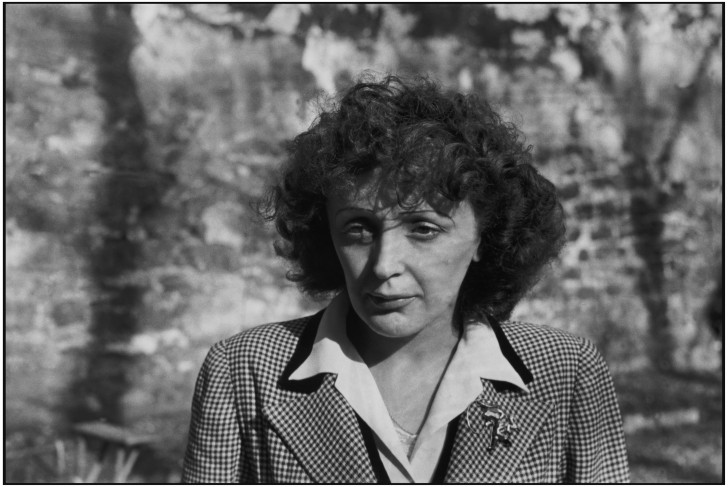
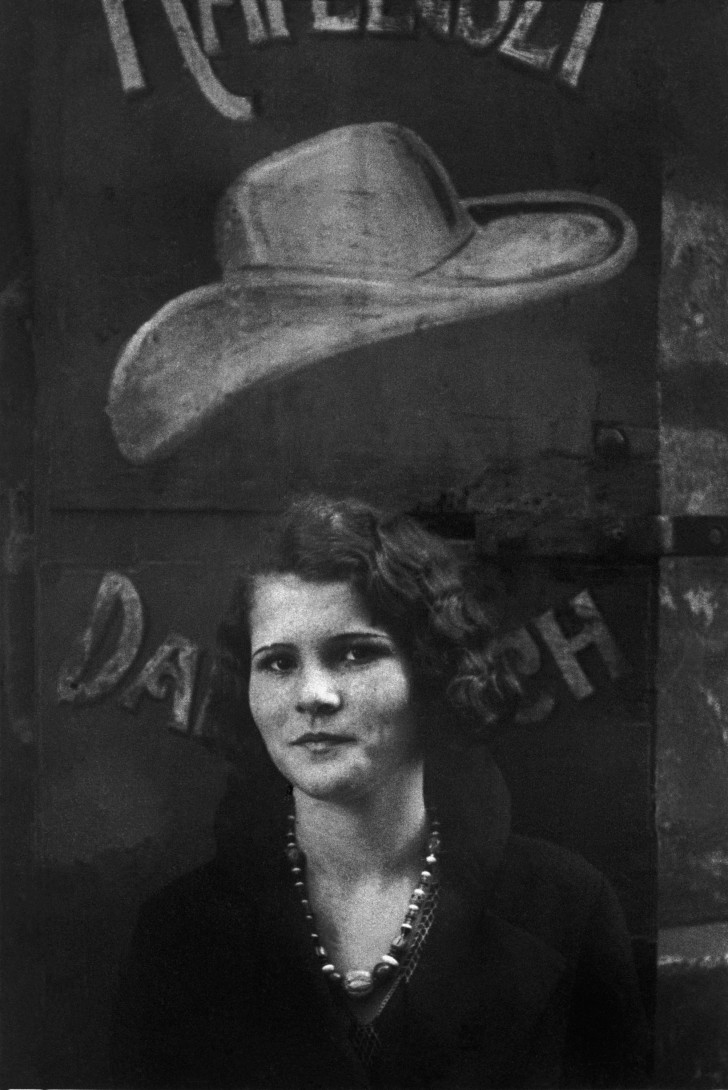
January 18 - April 9, 2006
For this exhibition, the first devoted to the Foundation’s collection, we have chosen a selection of portraits taken by Henri Cartier-Bresson throughout his life. The long, ongoing task of cataloguing his work has given us a better grasp of the extraordinary legacy that Henri Cartier-Bresson left to the Foundation.
Why portraits, and why these portraits, the gazes of which shine out so brightly from the necessary dim light of the gallery walls?
For the silence of those who are absent.
For their presence, which allows for no chatter or superfluities – so unlike the pages of magazines, with their love of gossip and anecdote.
Having officially given up reportage at the beginning of the 1970s in order to return to his first love, drawing, HCB nevertheless continued to photograph faces: he never lost his passion for ‘the being stripped naked’ behind the lens, for the ‘tête à tête’ dialogue.
In the duel of the portrait, how do you face the gaze of the other? Which of you is giving and which of you is taking? How do you stand firm, as you are confronted with the unblinking eye of the camera, knowing that one likeness, one particular view, will be fixed forever?
There is nothing new in the idea of regarding every portrait as a self-portrait – painters have often said as much, and photography as HCB practised it is clearly a very personal view of the world: having nothing to prove, and fully aware that there is no such thing as objective truth, he did not see himself as a journalist, except ‘in the sense of a private diary’ or sketchbook. That is the reason why this collection looks so low-key, avoiding deliberate poses as much as possible: ‘Above all, I look for an inner silence. I seek to translate the personality and not an expression.
For this reason, it seemed to us that an exhibition of these encounters would not only be one more tribute to his talent as a photographer, but more importantly, would allow many aspects of his being to shine, like so many fireflies in a field, because the gaze of these portraits is his gaze, linked by the thread of the other.